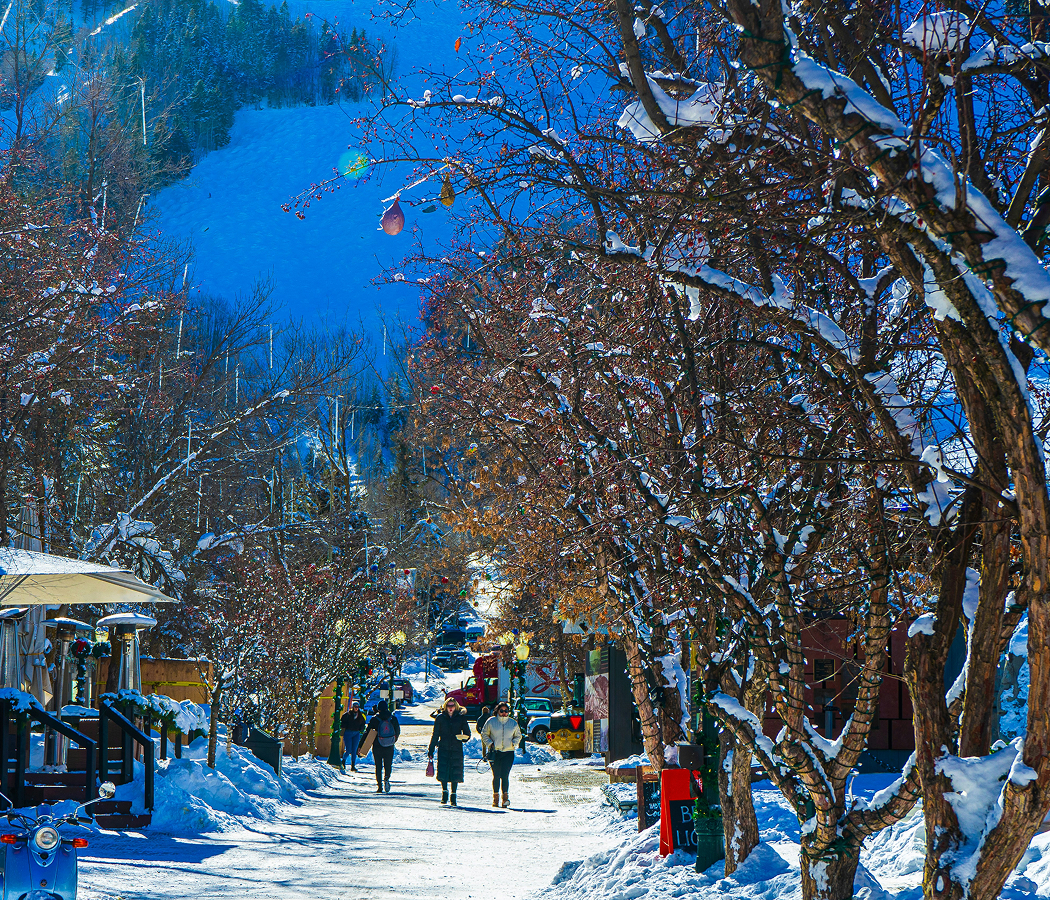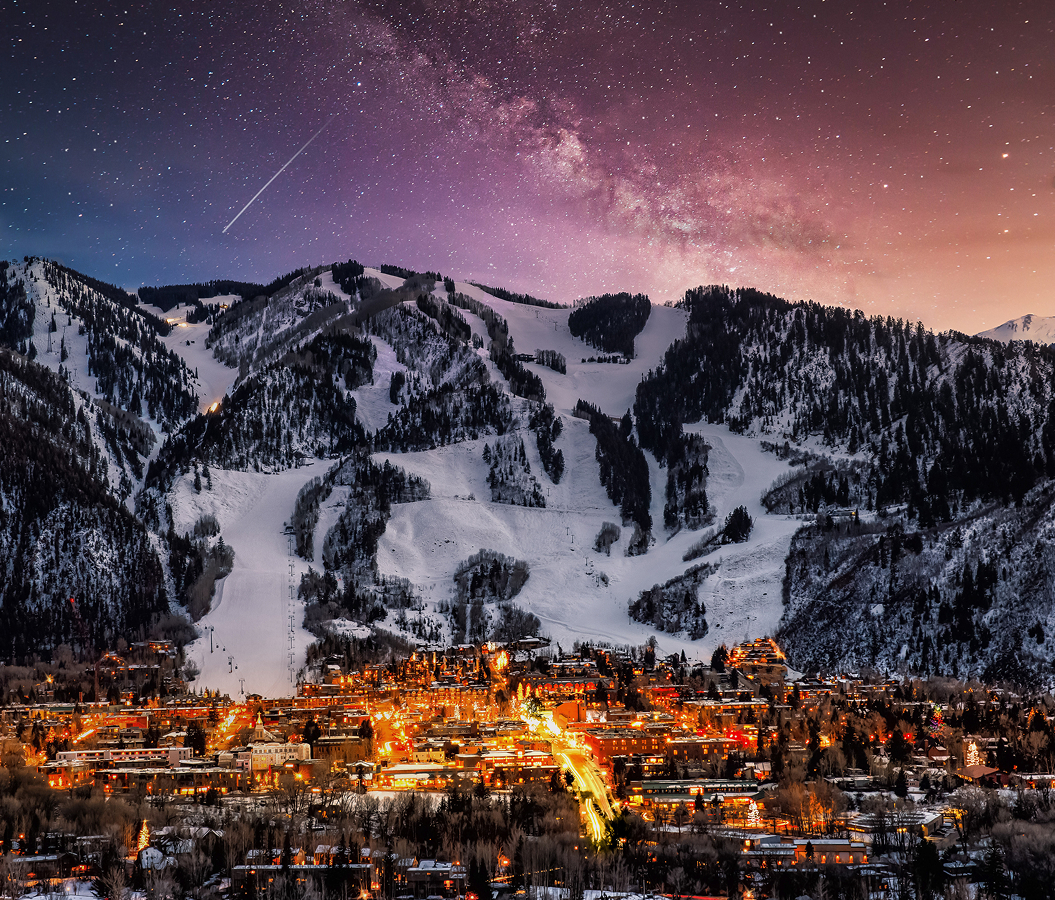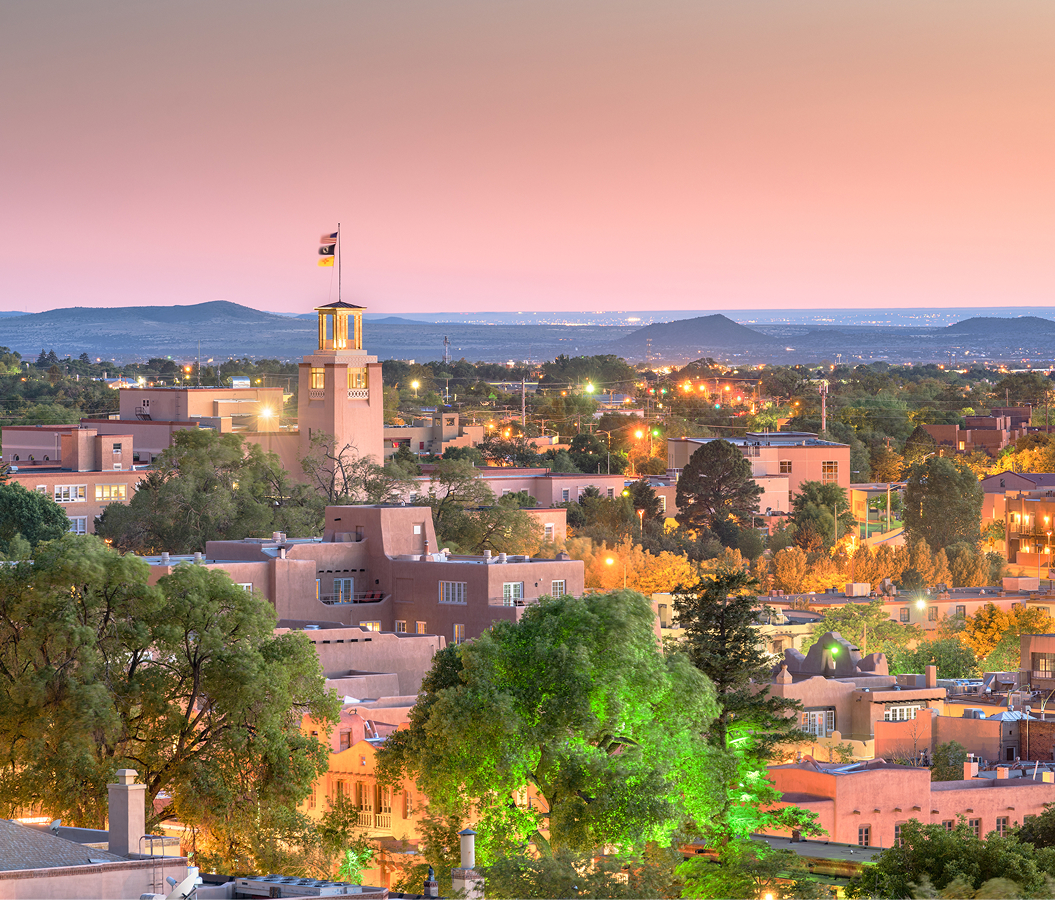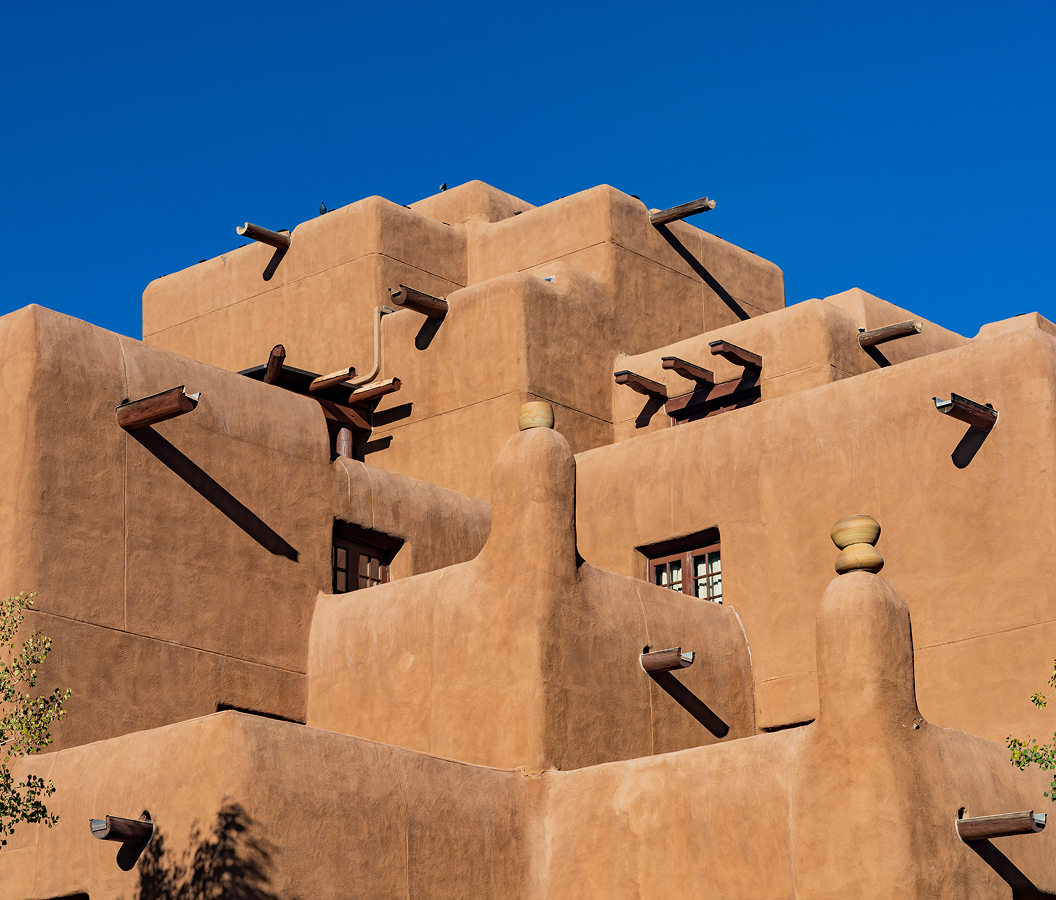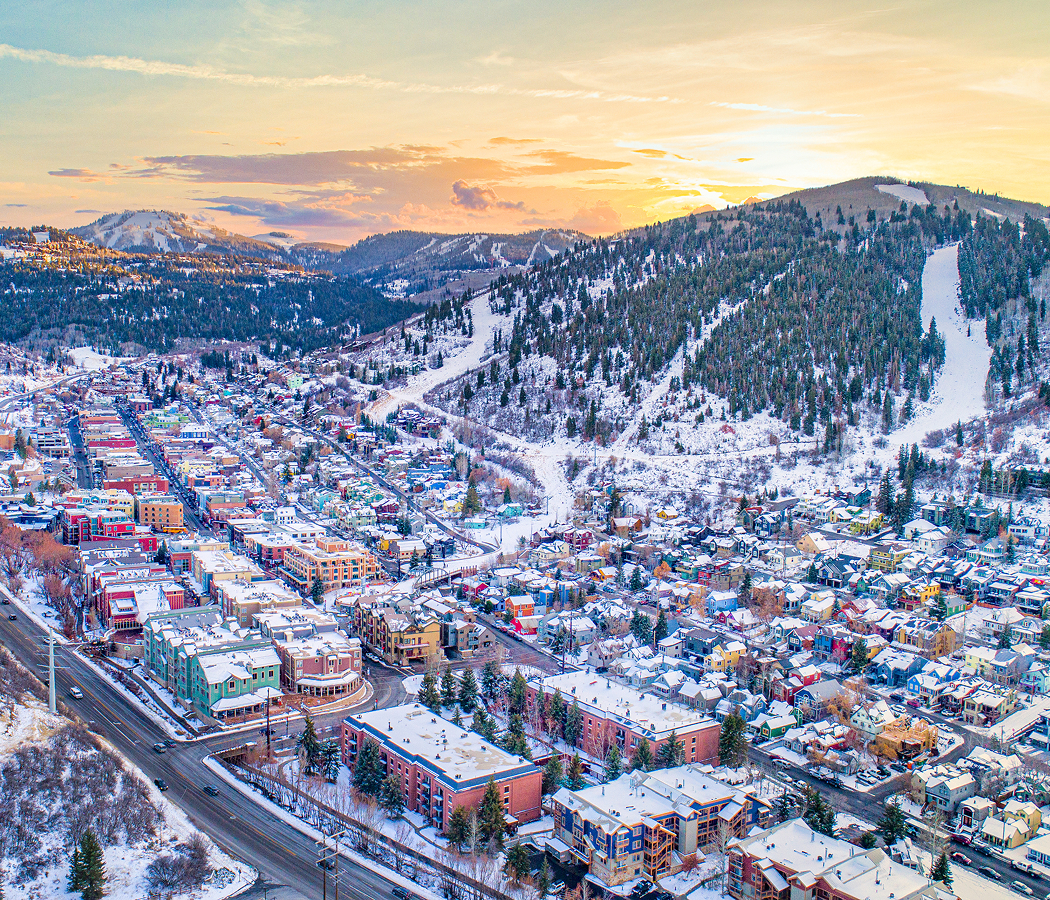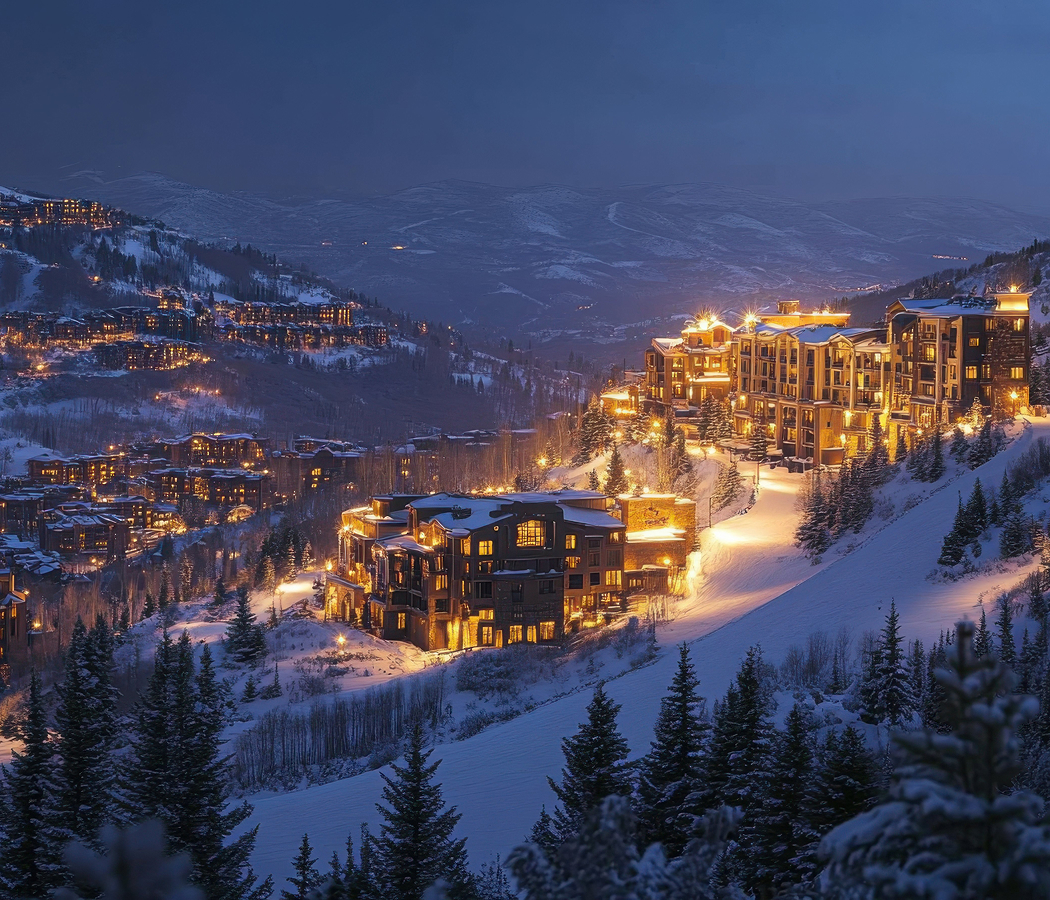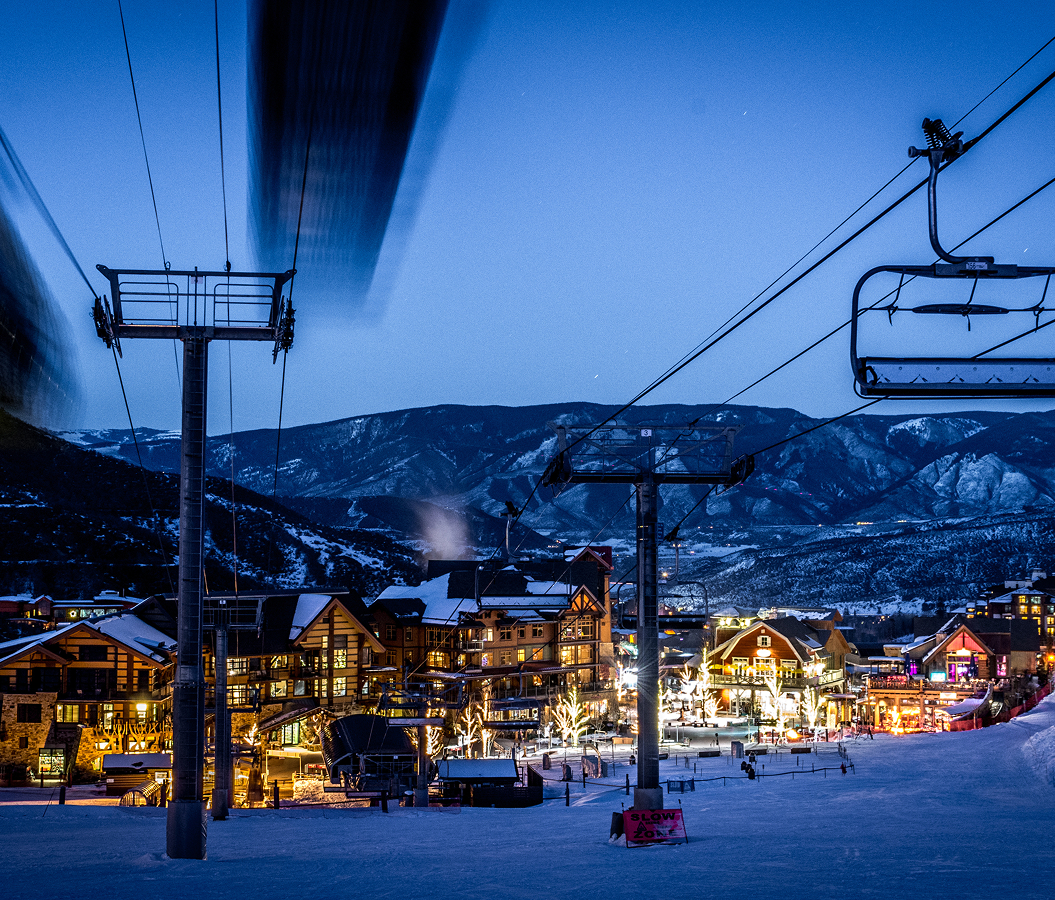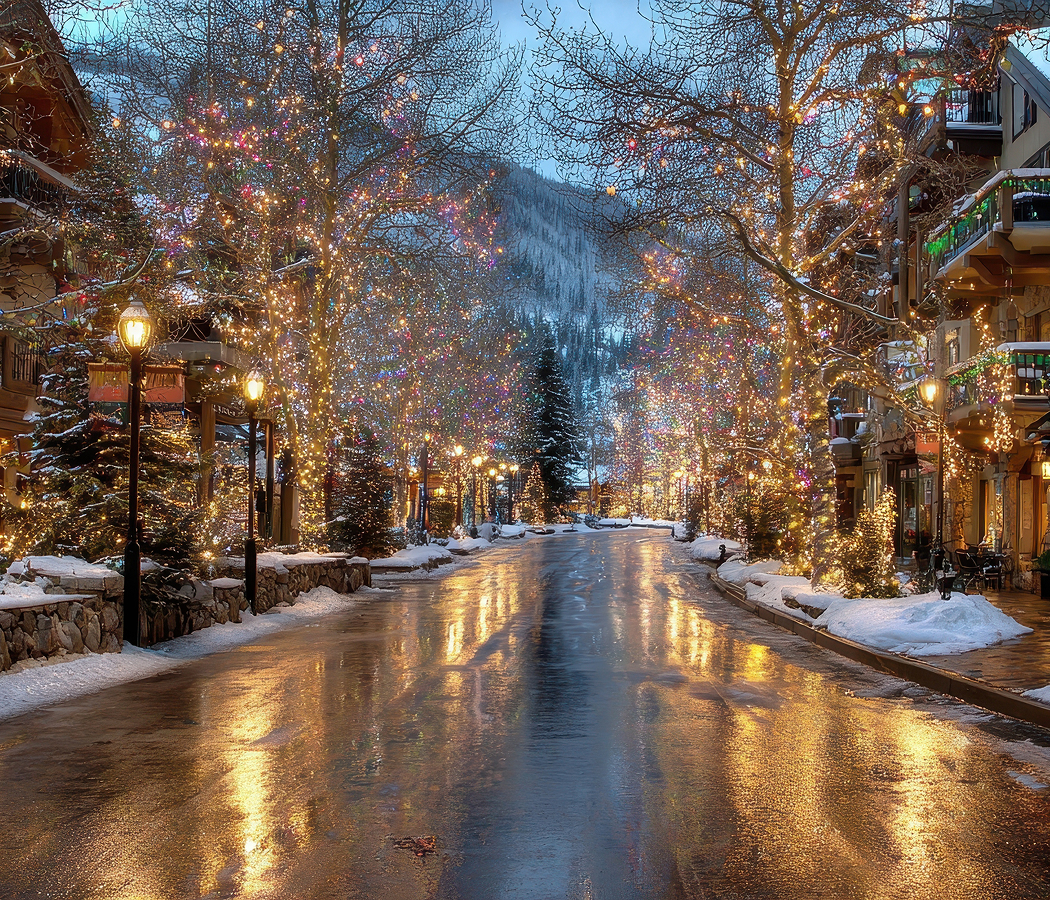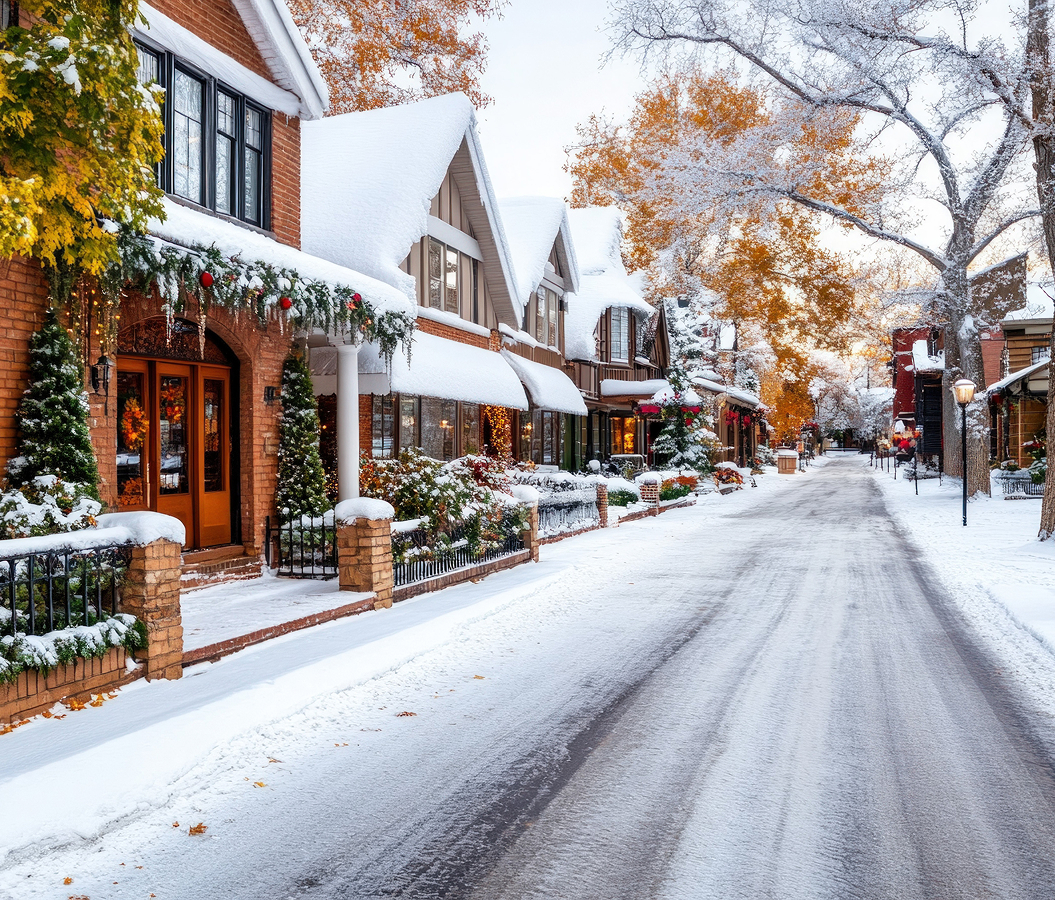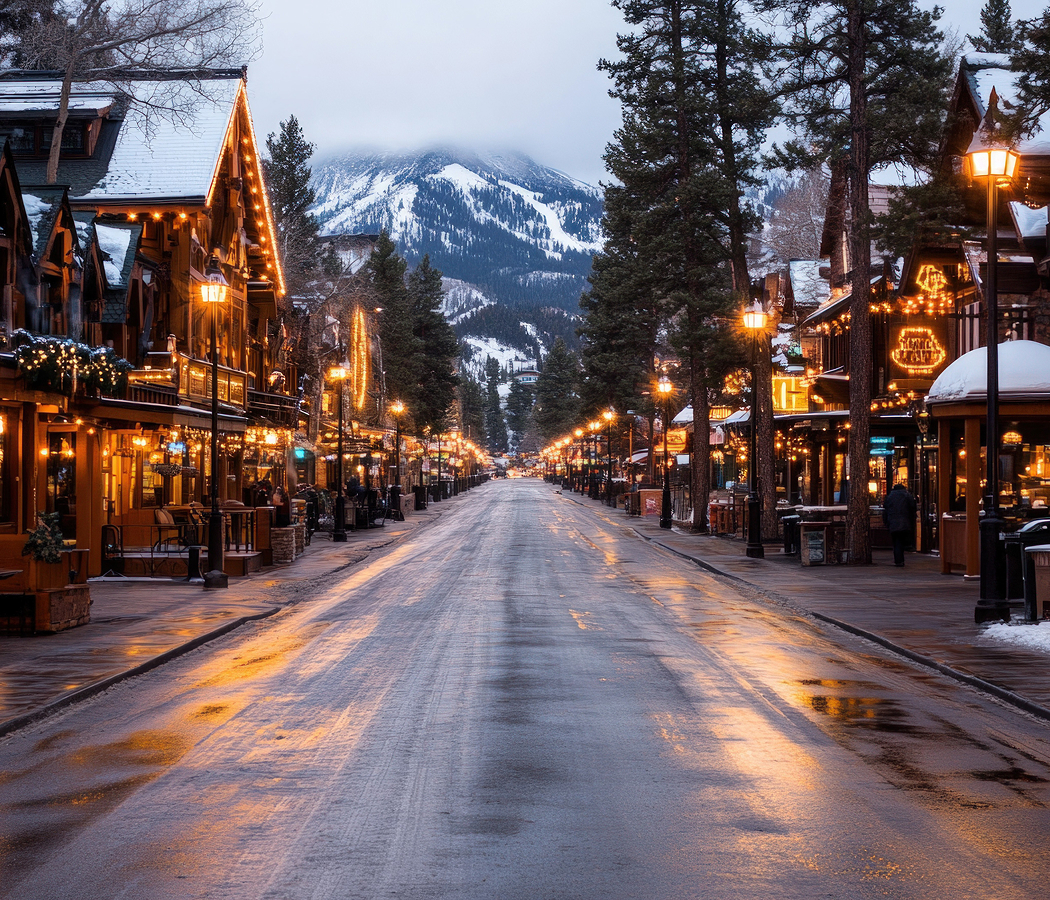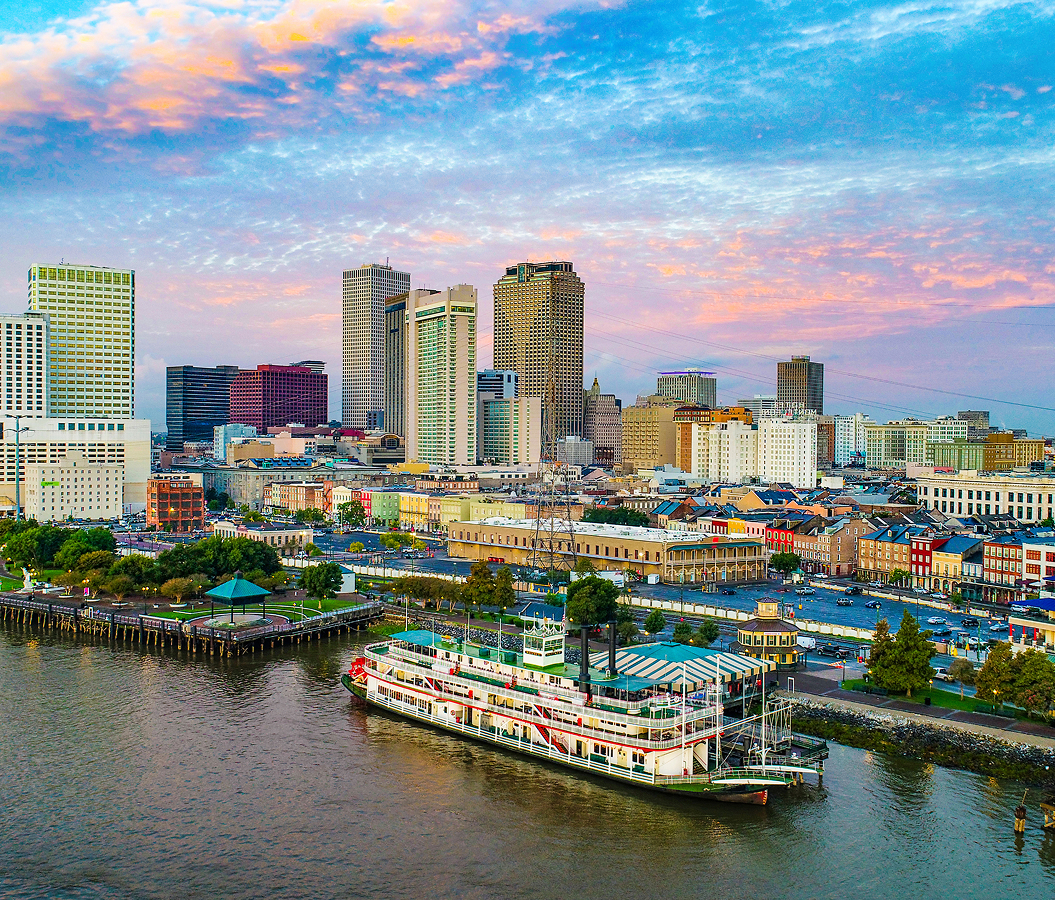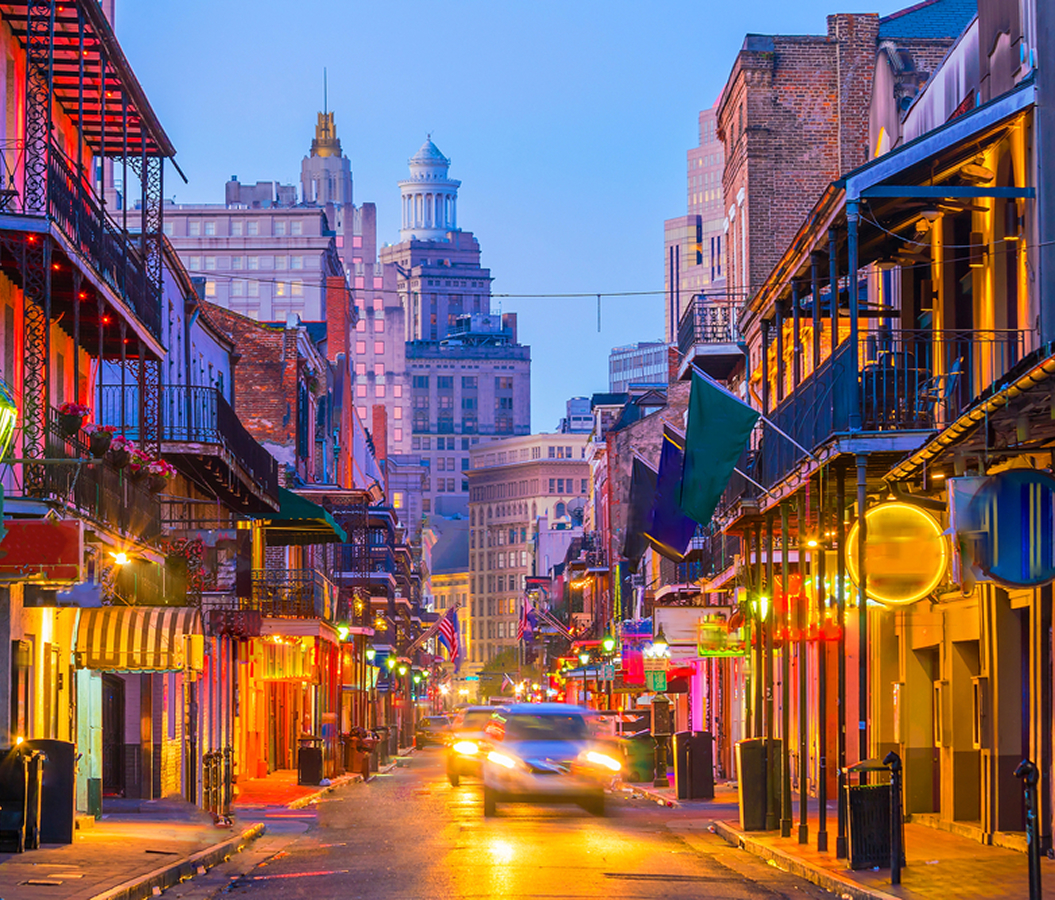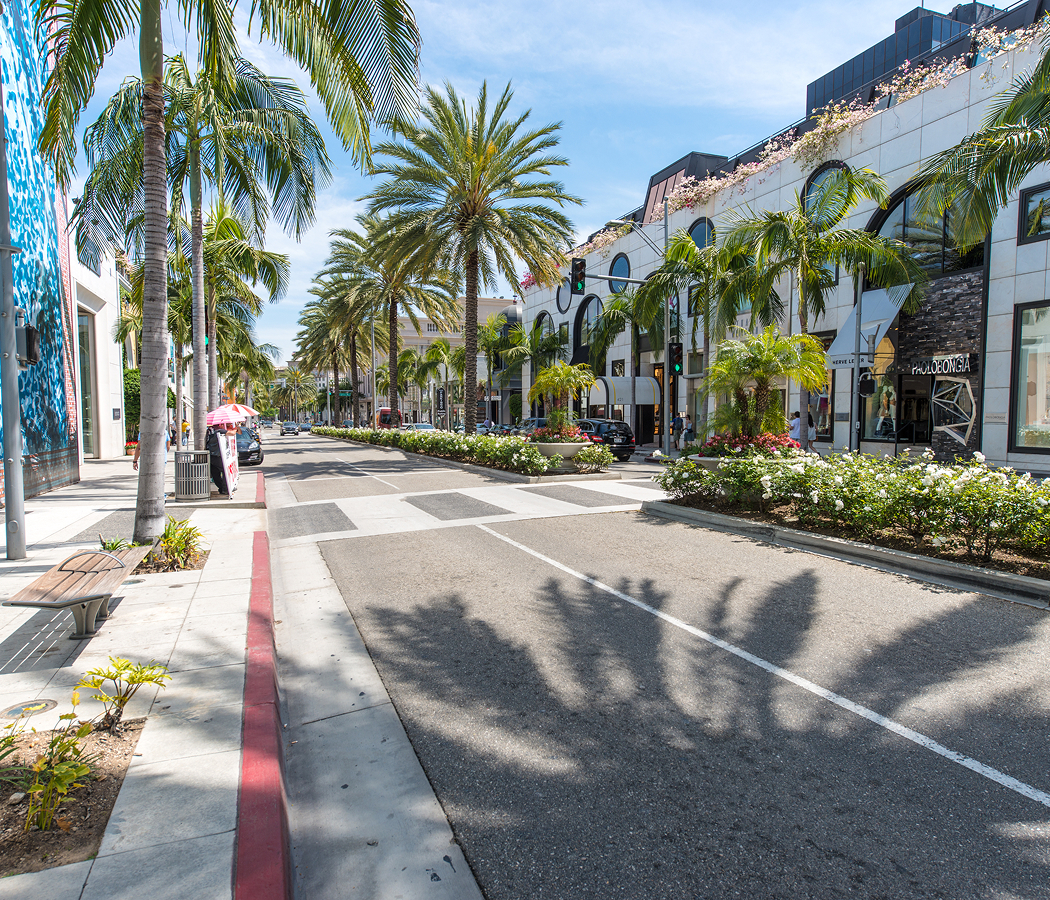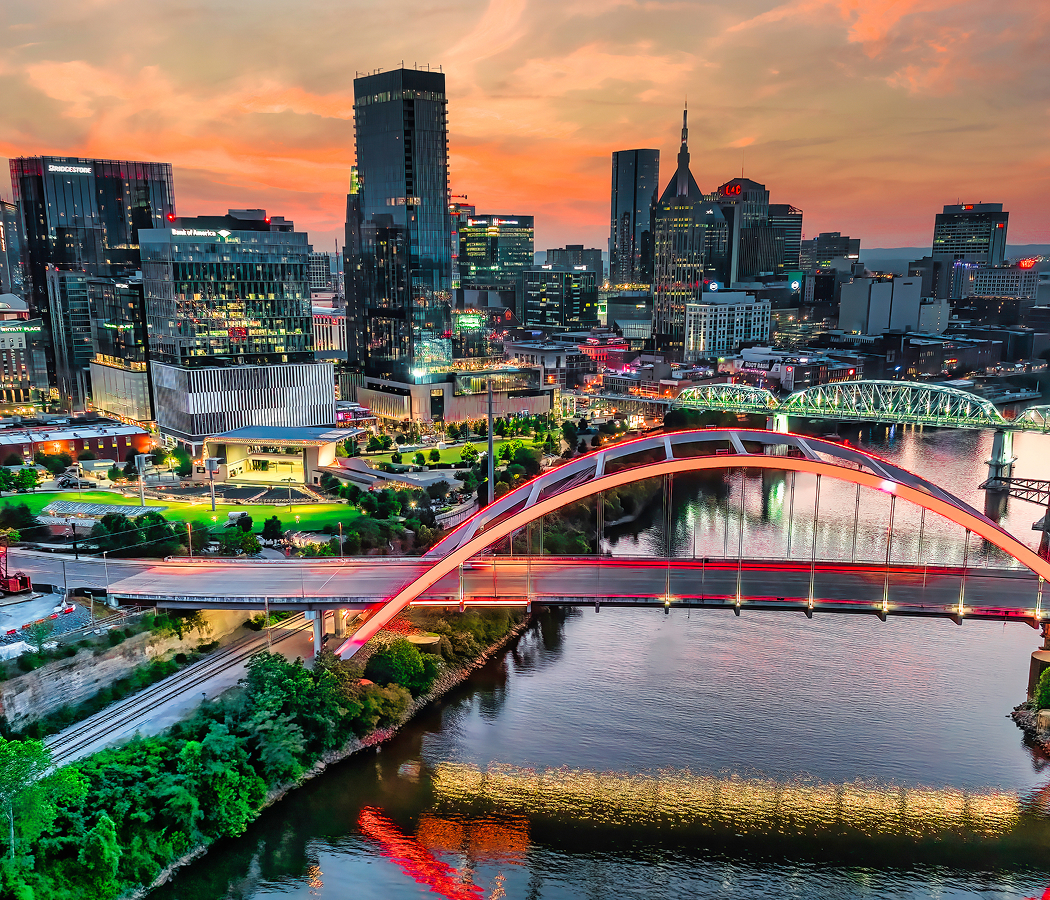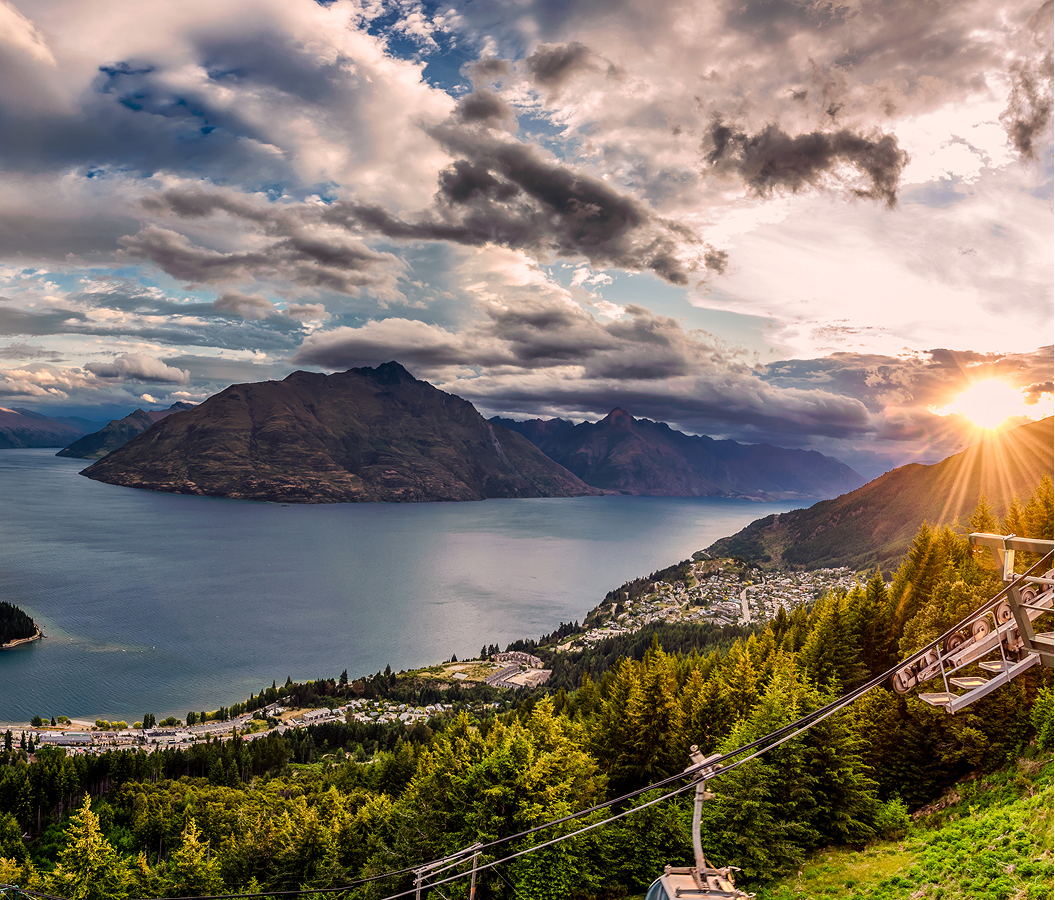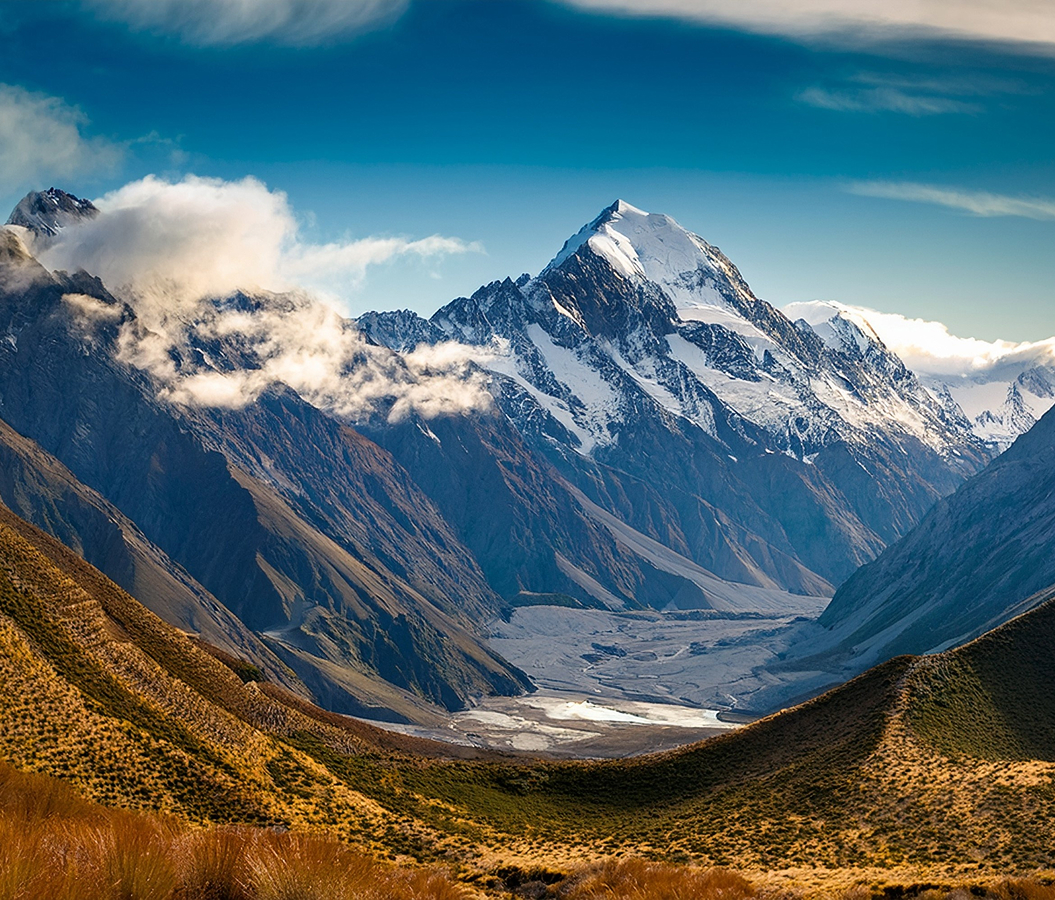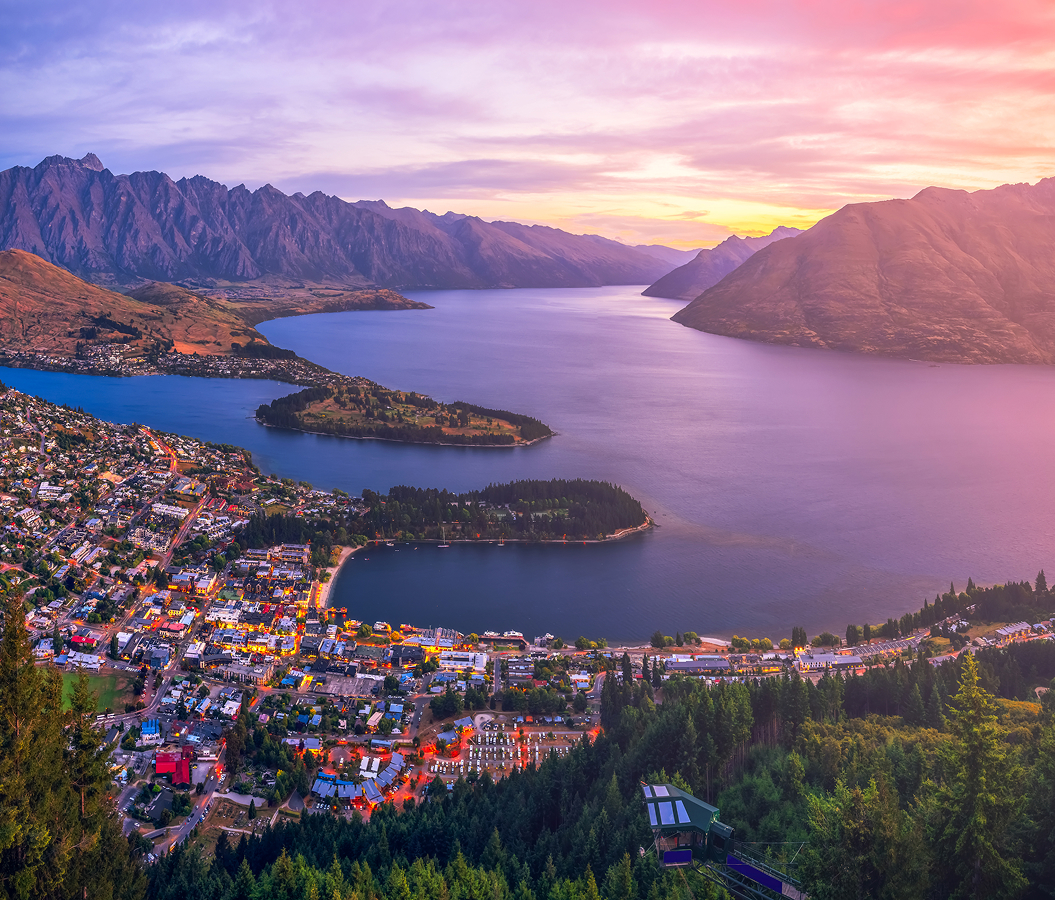
Why you should experience Devil’s Bridge Trail in Sedona.
Devil’s Bridge Trail isn’t just one of Sedona’s most famous hikes, it’s a passage into the heart of the desert’s magic.
Winding through a landscape sculpted by time, wind, and the patient hand of erosion, this trail leads to a natural sandstone arch that feels almost otherworldly in its perfection. Rising high above the red rock canyons, Devil’s Bridge is the largest natural sandstone arch in the Sedona area, yet its beauty lies not in size alone, it’s the way the light catches the stone, shifting from deep crimson at dawn to molten gold by sunset. The journey begins on a dusty desert road framed by juniper, prickly pear, and the scent of sage on the breeze. Every step forward reveals a deeper layer of Sedona’s story, a dialogue between the earth and sky, between endurance and elegance. As you climb, the soundscape changes too: the whisper of wind replaces the hum of distant roads, and the crunch of sand underfoot echoes softly through the canyons. Reaching the bridge, you’re greeted with a panoramic view that feels transcendent, red cliffs, endless blue sky, and the bridge itself stretching gracefully across the void. Standing atop it, your heart races not just from the height but from awe, that dizzying blend of fear and freedom that only nature’s wild perfection can evoke. Devil’s Bridge Trail is less a hike and more a meditation, a reminder of the fragile strength that defines the desert and the quiet triumph of those who walk its path.
What you didn’t know about Devil’s Bridge Trail.
Despite its fearsome name, Devil’s Bridge is a creation of patience and grace, not destruction.
Formed by natural erosion over thousands of years, the bridge began as a massive sandstone alcove carved by wind and water. As softer rock layers wore away beneath the surface, what remained was this slender, breathtaking span, a structure that seems to defy gravity yet stands firm against time. The name “Devil’s Bridge” is a common misnomer given to awe-inspiring natural features across the world, but in Sedona, it carries a certain irony: for many, the bridge feels divine. The area around it has long been considered sacred by Indigenous tribes who saw the red rocks as living entities, guardians of balance between earth and spirit. Hikers today often describe the bridge as a place of transformation, where fear gives way to stillness, and perspective expands in every direction. The trail itself offers multiple routes: the main path begins near Dry Creek Road, with the last stretch climbing steeply toward the bridge. Though the ascent can be challenging, carved stone steps guide you upward like an invitation. Every turn rewards you with cinematic views, sweeping desert plains, sculpted buttes, and distant mesas glowing in the Arizona light. At the top, standing on the arch’s narrow spine, you realize that photographs don’t do it justice. The air feels thinner, the silence deeper, the horizon infinite. When the wind passes through, it hums softly beneath the arch, a sound that feels both ancient and alive, as if the bridge itself were breathing. Devil’s Bridge endures not because it resists nature, but because it moves with it, an enduring lesson carved in stone.
How to fold Devil’s Bridge Trail into your trip.
Experiencing Devil’s Bridge Trail is best done at sunrise, before the desert heat sets in and the crowds arrive.
Start early along Dry Creek Road or use a high-clearance vehicle to reach the closer trailhead if possible. As you begin the hike, the early light filters through the red rocks, painting everything in warm hues of orange and rose. The first stretch is gentle, winding through a desert dotted with cacti and wildflowers, while the latter half becomes steeper, a hands-on climb that rewards determination with sweeping vistas. The final ascent to the bridge is short but thrilling: you’ll scale natural rock steps and ledges, feeling the anticipation build with every rise. Once you reach the top, step carefully onto the arch itself, a moment both exhilarating and grounding. The bridge is wide enough to walk across safely, but the sheer drop on either side commands respect. Take your time. Sit down. Watch the light shift across the canyons as ravens drift overhead. Few places on Earth make you feel as simultaneously small and limitless. After descending, consider looping back through the nearby Mescal or Chuckwagon trails, both offer quieter, scenic extensions through Sedona’s red rock wilderness. For photographers, the best shots are captured in the early morning or late afternoon when the colors are at their most vivid and the shadows stretch long and dramatic. In cooler months, you might even catch the rare sight of snow dusting the red stone, a fleeting contrast that feels almost dreamlike. When you finish, reward yourself with a cold drink and a moment of stillness at one of Sedona’s many trail cafés, you’ll find that the sense of awe from Devil’s Bridge doesn’t fade quickly; it lingers, echoing like the wind through the canyon. Devil’s Bridge Trail is more than a hike, it’s a communion with the landscape itself, a place where time, light, and courage converge to remind you that some of nature’s greatest wonders are also its most humbling.
Hear it from the Foresyte community.
Trail feels endless but then you round the corner and see it. Crowd’s cheering random strangers like it’s the tourist olympics. One of those spots that flips strangers into teammates.
Where meaningful travel begins.
Start your journey with Foresyte, where the planning is part of the magic.
Discover the experiences that matter most.




